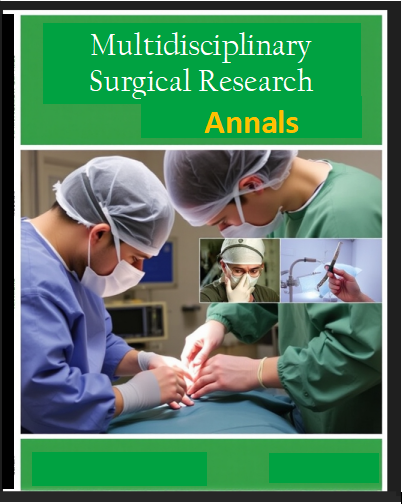Molecular Docking Analysis of Antifreeze Proteins with Lysophosphatidylcholine from Buffalo Sperm: Structural Insights for Cryopreservation
Abstract
Antifreeze proteins (AFPs) are specialized biomolecules that enable survival under subzero conditions by inhibiting ice crystal formation and minimizing cryoinjury. In the context of reproductive cryobiology, AFPs have garnered interest for their potential to protect cellular membranes during freezing, particularly in spermatozoa. This study explores the molecular interaction between AFPs and lysophosphatidylcholine (LPC), a major phospholipid constituent of buffalo (Bubalus bubalis) sperm membranes. Using molecular docking simulations with AutoDock 4.2, followed by structural visualization in PyMOL and energy optimization via Gaussian 09 (PM6 method), ten AFP isoforms were computationally docked with LPC. Results revealed favorable binding energies in several AFP–LPC complexes, especially in type II AFPs (e.g., 2AFP: -86.53 kcal/mol) and winter flounder AFP (1WFA: -47.71 kcal/mol). Ligand binding predominantly occurred within hydrophilic grooves and amphipathic clefts, mimicking membrane orientation and supporting structural compatibility. These findings suggest a dual mechanism of AFP action external ice inhibition and internal lipid stabilization, underscoring their utility as membrane-targeting cryoprotectants for improving post-thaw sperm viability in buffalo and other sensitive livestock species.
Keywords: Antifreeze proteins, Buffalo sperm, Cryopreservation, Molecular docking, Membrane stabilization, Computational modeling




